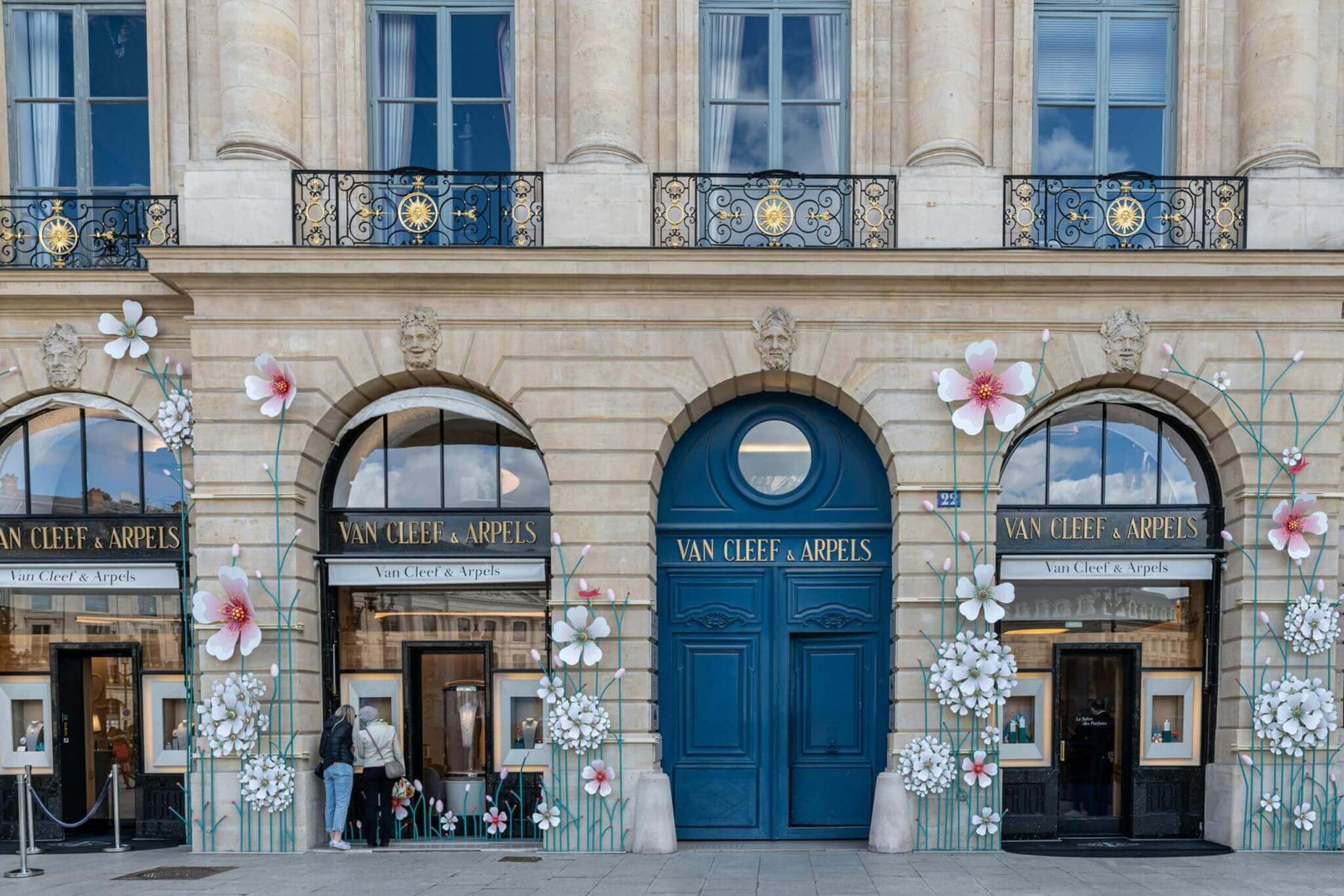In the dazzling world of gemstones, few debates are as intriguing as the one comparing the rarity of spinel to that of diamonds. As you explore the unique qualities of these captivating stones, you’ll learn that although diamonds have long captured the lion’s share of attention, spinels possess a rarity and allure all their own. Despite not being as widely recognized, spinels come in a mesmerizing array of colors, from deep reds to vibrant blues, and their history is steeped in a mystery that can make them even more precious to collectors and gemstone enthusiasts. Dive into this article to uncover the fascinating factors that make spinel a hidden gem worthy of admiration. Have you ever wondered if a spinel could be rarer than a diamond? Maybe you’re familiar with diamonds and their dazzling beauty, but spinels are a bit more of a mystery to you. Well, let’s unravel this intriguing comparison together.

What are Spinels?
A Brief History of Spinels
Spinels have a rich and fascinating history. Dating back to ancient times, these gemstones were often mistaken for other Precious Stones like rubies and sapphires. It’s interesting to note that many famed “rubies” in history, such as the Black Prince’s Ruby in the British Crown Jewels, are actually spinels. How cool is that?
Chemical Composition and Structure
Spinels are composed of magnesium aluminum oxide, with the formula MgAl₂O₄. This composition lends spinels their unique range of colors, from deep reds to brilliant blues, and even lavender and black. Their crystal structure is isometric, which means they form cubic crystals, much like diamonds.
Color Variations
One of the most enchanting attributes of spinels is their color variety. You can find spinels in a rainbow of hues, each with its own charm:
- Red Spinels: Often mistaken for rubies, red spinels are striking and vibrant.
- Blue Spinels: These range from light to dark blue, reminiscent of sapphires.
- Pink and Lavender Spinels: These softer shades are incredibly alluring and feminine.
- Black Spinels: Known for their mysterious, opaque beauty.
What are Diamonds?
The Origins of Diamonds
Diamonds have captivated humanity for centuries. Formed under extreme pressure deep within the Earth’s mantle, these gems are brought to the surface via volcanic eruptions. The allure of diamonds is undeniable, symbolizing love, wealth, and status globally.
Chemical Composition and Structure
Diamonds are a form of carbon, with the simplest formula of any gemstone: C. This makes their crystal structure uniquely strong, giving diamonds their renowned hardness. The structure of a diamond is isometric, meaning it shares the same cubic crystal system as spinels.
The 4 Cs of Diamonds
When it comes to diamonds, the Four Cs are crucial:
- Carat: Weight of the diamond.
- Cut: Quality of the diamond’s cut, impacting its sparkle.
- Clarity: Purity of the diamond; fewer inclusions mean higher clarity.
- Color: Ranges from colorless to slightly yellow or brown.

Rarity Comparison: Spinel vs. Diamond
Natural Occurrence
Natural occurrence plays a crucial role in determining the rarity of gemstones. Spinels are actually less commonly found in nature compared to diamonds. While diamonds are predominantly mined in large quantities across multiple continents, high-quality spinels come from more limited and scattered sources.
| Gemstone | Main Sources | Frequency |
|---|---|---|
| Spinel | Myanmar, Sri Lanka, Tajikistan, Vietnam | Rare |
| Diamond | Russia, Botswana, Canada, Australia | More frequently mined |
Market Availability
When it comes to the market, diamonds are widely available thanks to extensive mining and advanced technology. In contrast, spinel mining is still relatively small-scale, and high-quality spinels are genuinely difficult to come by.
Price and Value
Interestingly, even though high-quality spinels are rarer, they are generally less expensive than diamonds of similar quality. This could be attributed to several factors:
- Historical Popularity: Diamonds have been promoted extensively by marketing campaigns (think De Beers’ “A Diamond is Forever”), making them more desirable to the general public.
- Consumer Awareness: Most people simply aren’t as familiar with spinels as they are with diamonds.
The Beauty of Spinels: More than Just Rarity
Optical Properties
Spinels exhibit remarkable optical properties. They have a high refractive index, which means they can bend light effectively, resulting in that sought-after sparkle. However, what really sets spinels apart is their ability to show multiple colors—a phenomenon known as pleochroism.
Durability
Both spinels and diamonds score high on the Mohs Hardness Scale, with diamonds at 10 (the hardest known natural material) and spinels ranging from 7.5 to 8. This makes spinels suitable for everyday wear, just like diamonds.
Unique Characteristics
Unlike diamonds, spinels are never treated or enhanced; what you see is what you get. This natural authenticity adds another layer of allure to spinels, appealing to those who appreciate raw, untouched beauty.

A Closer Look at Mining Locations
Spinel Mining Regions
Myanmar
Myanmar is one of the most famous sources of exquisite spinels, particularly red ones. The Mogok Stone Tract is legendary for producing some of the finest spinels the world has ever seen.
Sri Lanka
Sri Lanka is another significant source, known for producing a variety of spinel colors. The mines here offer an array of shades, making it a treasure trove for gem enthusiasts.
Tajikistan and Vietnam
Both Tajikistan and Vietnam are becoming increasingly noteworthy in the global spinel market. These regions produce high-quality gems that are gradually gaining more recognition.
Diamond Mining Regions
Russia
Russia, particularly the Yakutia region, is one of the largest producers of diamonds. The conditions here are perfect for the formation of these precious gems.
Botswana
Botswana is another diamond powerhouse, with vast, high-quality reserves. The country’s economy relies heavily on diamond mining, making it an integral part of the global diamond supply chain.
Canada and Australia
Both Canada and Australia contribute significantly to the diamond market. Canada’s mines are known for producing some of the most ethical diamonds, while Australia’s Argyle mine was famous for its pink diamonds until its closure in 2020.
Ethical Considerations: Spinel vs. Diamond
Mining Practices
Ethical mining practices have become a significant concern for consumers. Diamonds have been under scrutiny for issues related to “blood diamonds” or conflict diamonds, mined under conditions that violate human rights.
In contrast, spinel mining is generally considered more ethical, mainly because it is less industrialized and often involves artisanal methods. However, it’s not without its challenges, including the risk of poor working conditions in some areas.
Environmental Impact
The environmental impact of mining is considerable for both gemstones. However, large-scale diamond mining has a more substantial ecological footprint compared to the smaller, artisanal mines for spinels.
Traceability and Certification
Diamonds often come with certifications that can help trace their origins and confirm their quality. While spinels don’t usually come with the same level of documentation, some reputable dealers are beginning to offer more traceable and certified gems.

Why Choose Spinel over Diamond?
Unique Aesthetic Appeal
Choosing a spinel over a diamond offers you something truly unique. The array of colors and the natural, untreated beauty of spinels can make for a stunning and distinctive piece of jewelry.
Cost-Effectiveness
If you’re budget-conscious, spinels offer a more affordable yet equally beautiful alternative to diamonds. You can get a larger, more vibrant stone for a fraction of the price of a diamond.
Ethical Choice
For the ethically minded, opting for a spinel can be a more responsible choice, given the less industrialized mining processes involved.
Conclusion
So, is a spinel rarer than a diamond? The answer is yes, high-quality spinels are indeed rarer than diamonds. However, rarity alone doesn’t dictate value or popularity. While diamonds have etched their place in history and culture, spinels offer an equally enchanting, often more ethical, and uniquely beautiful alternative.
Next time you’re considering a gemstone purchase, why not take a closer look at spinels? You might just find that they capture your heart in ways you never expected. After all, sometimes the rarest treasures are the ones that shine quietly, waiting for the right person to discover their true brilliance.



